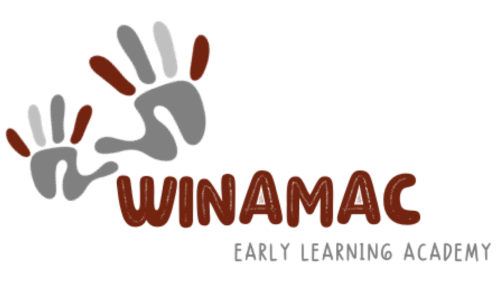The Magic of Open-Ended Play: Supporting STEAM Learning Through Play
As early childhood professionals, we know that play is the foundation of learning. When children explore and discover through play, they’re developing critical thinking, creativity, and problem-solving skills—key components of STEAM (Science, Technology, Engineering, Art, and Math) education. One of the most effective ways to nurture these skills in young children is by encouraging open-ended play and providing toys that spark curiosity and innovation.
What Is Open-Ended Play?
Open-ended play is exactly what it sounds like: play without a predetermined outcome or "right way" to do things. Instead of toys or games that tell children how to play, open-ended play allows them to use their imaginations, experiment, and come up with their own ideas.
Think about a set of blocks versus a toy with buttons and lights. The blocks can become a castle, a bridge, or a robot—there’s no limit to what your child can create. This type of play encourages exploration and fosters the problem-solving and creative thinking skills that are so vital for STEAM learning.
How Open-Ended Play Supports STEAM Learning
STEAM isn’t just for older children—it’s for toddlers and preschoolers too! Open-ended play provides the perfect opportunity to introduce STEAM concepts in ways that feel natural and fun. Here’s how:
Science: Kids explore cause and effect when they mix water with sand, discover how objects float or sink, or observe how paint colors mix.
Technology: Simple tools like magnifying glasses or a light table inspire early tech exploration.
Engineering: Building blocks, ramps, and loose parts challenge kids to construct, test, and redesign their creations.
Art: Open-ended materials like clay, paint, and crayons let children express their creativity without limitations.
Math: Activities like sorting, stacking, and pattern-making build foundational math skills like counting and spatial reasoning.
Toys and Materials That Encourage Open-Ended Play
Here are some of our favorite toys and materials that inspire STEAM learning through open-ended play:
Building Blocks
Classic wooden blocks, LEGO Duplos, or magnetic tiles allow kids to design, build, and problem-solve. These activities foster engineering and spatial reasoning skills.Loose Parts
Items like buttons, pebbles, shells, or bottle caps are fantastic for sorting, pattern-making, and creative construction.Art Supplies
Keep a variety of materials—like washable paints, crayons, markers, and clay—available for children to experiment with. Open-ended art projects encourage creativity and self-expression.Nature-Based Play
Sticks, leaves, pinecones, and rocks collected during outdoor adventures become tools for building, categorizing, and scientific exploration.Water Play Materials
Items like funnels, measuring cups, and sponges turn water play into a STEAM-rich activity. Kids explore concepts like volume, gravity, and absorption.Light Tables
A light table combined with translucent blocks, colored paper, or natural materials can inspire experimentation with color mixing, shadows, and light.STEM Toys for Toddlers
Simple, open-ended STEM kits or puzzles that allow little ones to design and create encourage early engineering and problem-solving skills.
Tips for Encouraging Open-Ended Play at Home
Provide Time and Space: Allow your child plenty of uninterrupted time to play, explore, and experiment.
Resist the Urge to Direct: Let your child lead the play. Ask open-ended questions like, “What do you think will happen if…?” instead of giving instructions.
Embrace Messiness: Open-ended play can get a little messy, but it’s all part of the learning process! Keep some cleaning supplies handy and let your child explore.
Rotate Toys: Too many toys at once can be overwhelming. Rotate toys regularly to keep your child engaged and curious.
The Takeaway
Open-ended play is a powerful way to support your child’s natural curiosity and love for learning. By providing toys and materials that encourage exploration and creativity, you’re helping them build a strong foundation in STEAM skills that will benefit them for years to come.
At Winamac Early Learning Academy, we value the power of play in early education. Our classrooms are filled with opportunities for open-ended exploration, and our teachers guide children in using these experiences to develop critical STEAM skills. We invite you to try incorporating more open-ended play at home—and if you’d like to learn more about how we support learning through play, schedule a tour of our program today!
